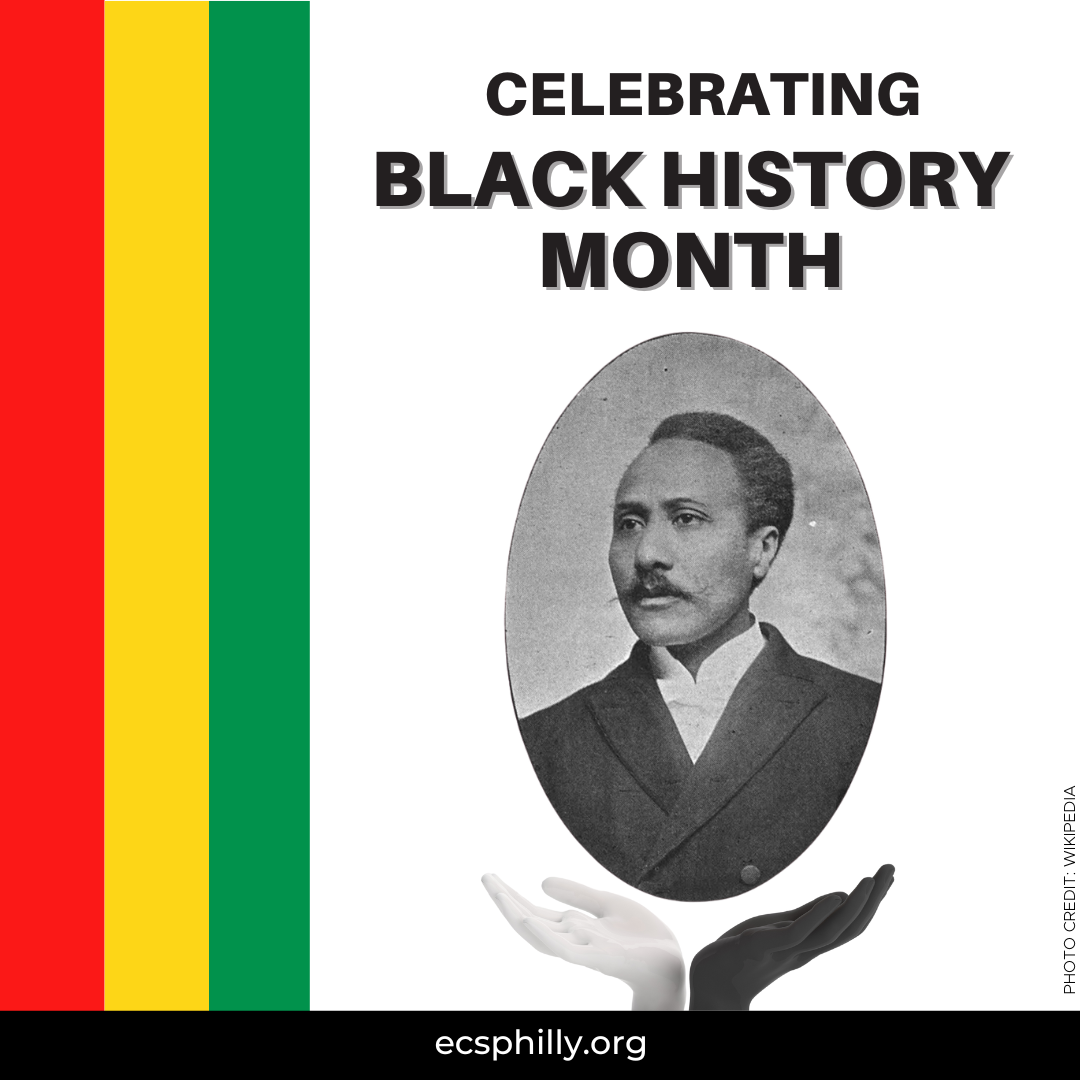Reverdy Ransom (1861-1959) was a minister and bishop in the African Methodist Episcopal Church. He blamed America’s systemic racial inequality on capitalism and individualism, and he brought with him a solution: the church could serve people’s needs by becoming more involved in society.
What Ransom saw as a natural growth of Gospel ministry outside church walls rankled A.M.E. authorities, who saw social outreach as frivolous. “It was entirely beyond their conception of what a church should be,” Ransom noted. Yet around the turn of the century, Ransom became one of the heroes pushing the church along its dynamic run toward becoming a prophetic social force. As such, he was a distinctive and prominent figure in the Black Social Gospel movement -- one of the major, if often unexplored, rivers of faith, theology, and action that flowed into the Civil Rights Movement. Read more about the Black Social Gospel here.
Ransom’s activity level was profound. In New York City, he opened a mission-church in a storefront flanked on one side by a gambling hall and on the other a house of prostitution. In Chicago, he campaigned against the gambling racket, antagonizing its members to the point where they tried to destroy his church with dynamite. The next Sunday he preached with a revolver at his side. “I will stand on the ashes and keep pegging away,” he said.
Also in Chicago, he secured funds and real estate to launch The Institutional Church and Social Settlement. Open 24 hours a day, the settlement housed a gym, dining hall, community rooms, and a large auditorium. It offered concerts, music lessons, a nursery, kindergarten, and, of course, Sunday worship and education.
Throughout his career, Ransom consistently spoke to large crowds. His most famous and influential speech was delivered in 1906 on the 50th anniversary of John Brown’s rebellion at Harper’s Ferry, where the second Niagara conference (a forerunner of the NAACP) took place. Ransom’s message was that although the Civil War had been waged, and the fourteenth and fifteenth amendments had passed, the nation had not truly changed. “The spirit of John Brown beckons us to arise and seek recovery of our rights...no weak and ordinary voice can call the nation back to a sense of justice,” he intoned.
In its historic relationship with the Episcopal Diocese of Pennsylvania, there are certainly echoes of Ransom’s vision of the church’s ability to repair society in ECS’ commitment to challenge intergenerational poverty. Indeed, Ransom’s story, neither weak nor ordinary, bears much more to explore, including his influential editorship of the A.M.E. Church Review, and a productive partnership with W.E.B. DuBois. For those who are interested in learning more about Ransom and the Black Social Gospel movement, a wonderful resource is The New Abolition: W.E.B. DuBois and the Black Social Gospel, by Gary Dorrien.
